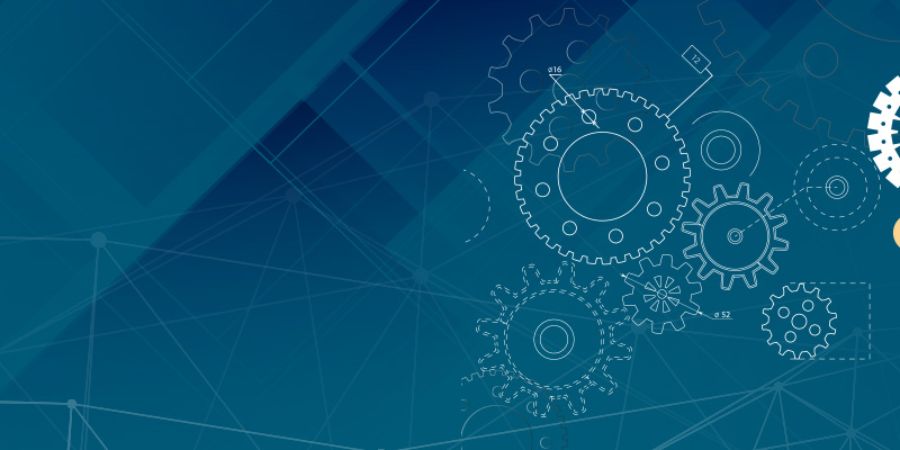

The speed of progress in the computerized work environment gives no indications of dialing back. One of the following waves to pay special attention to is the ascent of savvy process of IPA. More or less, IPA unites Robotic Process Automation (RPA) and Artificial Intelligence (AI) innovations to take IPA cycles to a higher level.
How, precisely, does IPA contrast from RPA? RPA is the utilization of program ‘robots’ to deal with redundant, rule-based computerized errands, with the robots cooperating with applications and data sources similarly as human laborers do. These robots are fast, dependable, and dominant at doing likewise dreary errands over and over once more. Yet, they don't ceaselessly ‘learn’ and improve.
All alone, RPA is exceptionally effective at robotic processes that are driven by organized information. Notwithstanding, numerous business processes are taken care of by or create a lot of unstructured information like checked records, messages, and letters. That is the place where further developed intellectual arrangements become an integral factor - IPA makes it conceivable to computerize these cycles, as well.
Furthermore, by including intellectual insights along with everything else, IPA empowers robots to gain from playing out their undertaking so they can work quicker, better, and all the more precisely over the long haul. where fundamental RPA isn't clever and can only with significant effort oversee subtleties and exemptions, IPA is more brilliant and more adaptable. It expands and expands on the generally important capacities of RPA.
The advancement in Intelligent Process Automation
IPA is the result of the combination of AI and related innovations- including PC vision, intellectual robotization, and AI - with RPA. Uniting these advancements catalyzes more extravagant mechanization prospects, opening significantly more business an incentive for undertakings. A portion of the center advances in IPA include:
Unattended robots, or server-based bots that completely robotize processes that don't need human judgment or intercession. AI calculations that track down designs in organized information through “regulated” and "solo" learning.
Savvy work process apparatuses that assistance to make due, coordinating, and hand-off processes traversing individuals and machines. Intellectual specialists, virtual specialists that consolidate AI and regular language age to do assignments, gain from information collections, and speak with the human client.
PC vision instruments, for example, Optical Character Recognization, the innovation used to change over a filtered archive or photograph into text. Normal language handling (NLP) apparatuses, which empower a PC to comprehend, Decipher and control communicated in or composed language. This innovation is key in chatbots and remote helpers.












